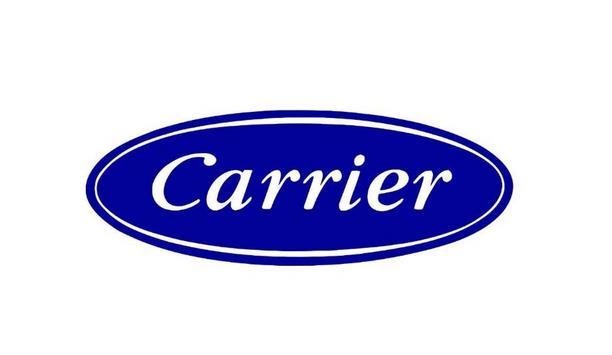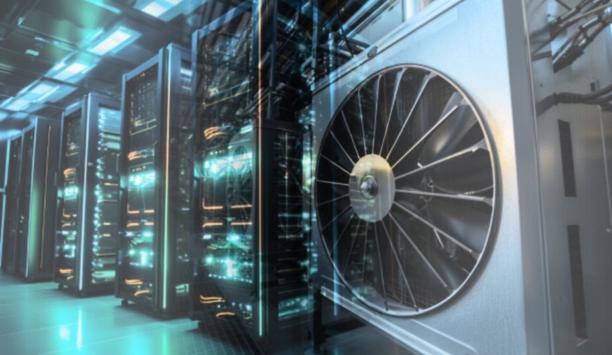The Air-Conditioning, Heating, and Refrigeration Institute (AHRI) continue to demonstrate its commitment to ensuring a safe transition to low-global warming potential (GWP) refrigerants through educational events such as a recently concluded five-part webinar series on the latest refrigerant research, which attracted more than 1600 participants.
Topics included air conditioning applications, commercial refrigeration applications, understanding refrigerant sensors, predictive tools for refrigerant behaviors, and refrigerant ignition in open flames/hot surfaces.
Importance of refrigeration
The impressive attendance these webinars attracted is a testament to the importance of our mission"
“The Refrigerant Webinar Series was quite effective in engaging various stakeholders about the research taking place to determine application limits and safety requirements for low-GWP flammable refrigerants,” said AHRI Vice President of Regulatory Affairs Helen Walter-Terrinoni, who also heads the AHRI Safe Refrigerant Transition Task Force (SRTTF).
“The impressive attendance these webinars attracted is a testament to the importance of our mission. I encourage anyone with an interest in learning more about AHRI’s efforts regarding the safe refrigerant transition to visit our website to find out how they can become involved.”
Transition to safe low-GWP refrigerants
AHRI’s SRTTF was established in 2019 to address every step of the supply chain in the transition to safe low-GWP refrigerants. The Task Force comprises AHRI members and stakeholders employed with contractors, government agencies, the fire service, unions, training organizations, environmental groups, and other entities.
Walter-Terrinoni works with a group of dedicated volunteers to educate stakeholders about the transition. To date, the SRTTF has led in-person and online educational sessions on regulation compliance and safety standards and codes, all of which are of critical importance to contractors, technicians, code officials, and members of the fire service.
Regulation of hydrofluorocarbons in air conditioning and refrigeration, which industry has sought on a global basis for more than 10 years, is one way to reduce greenhouse gas emissions, especially since air conditioning and refrigeration are the fastest growing industry sectors that use high-GWP refrigerants.















